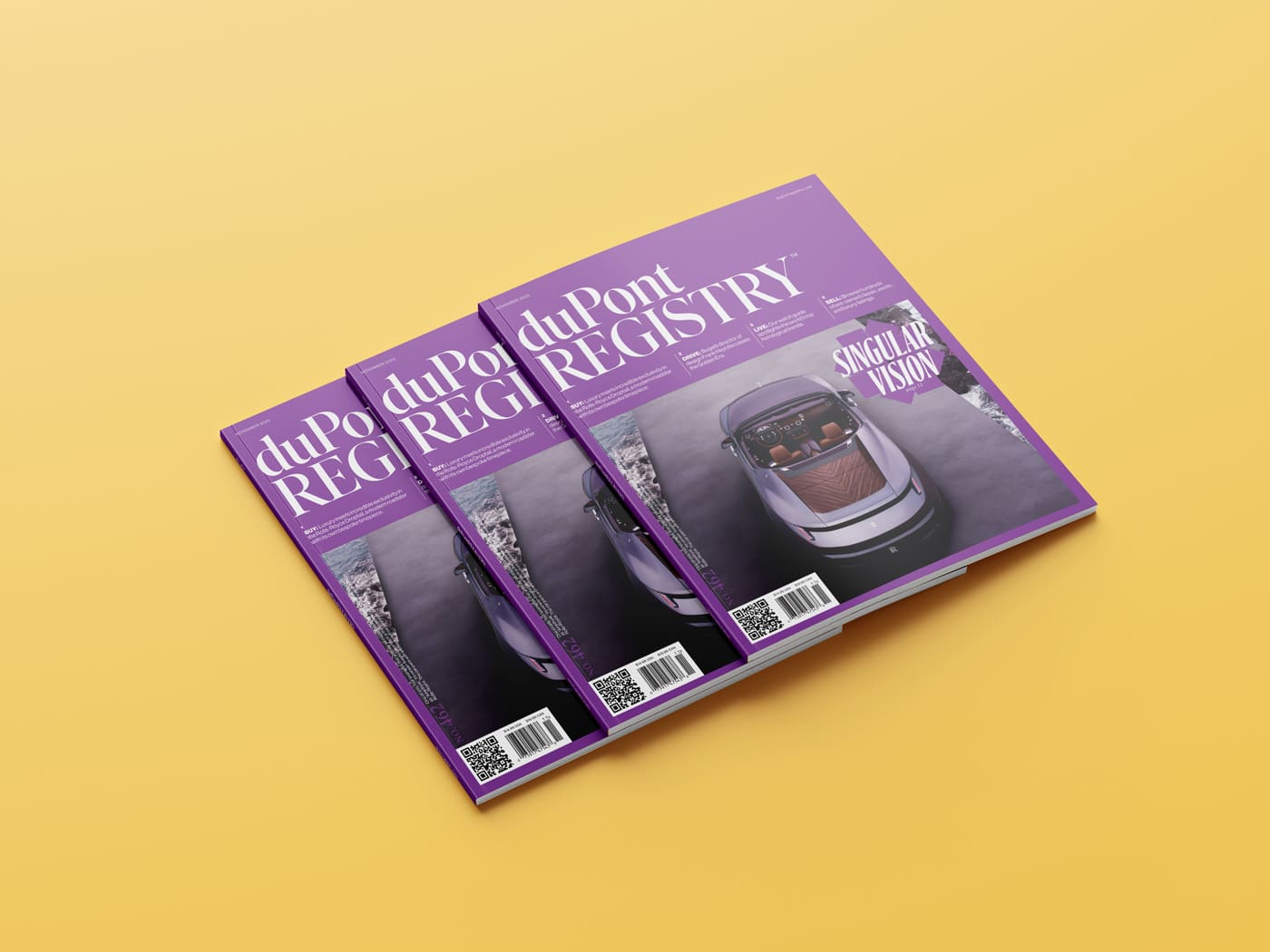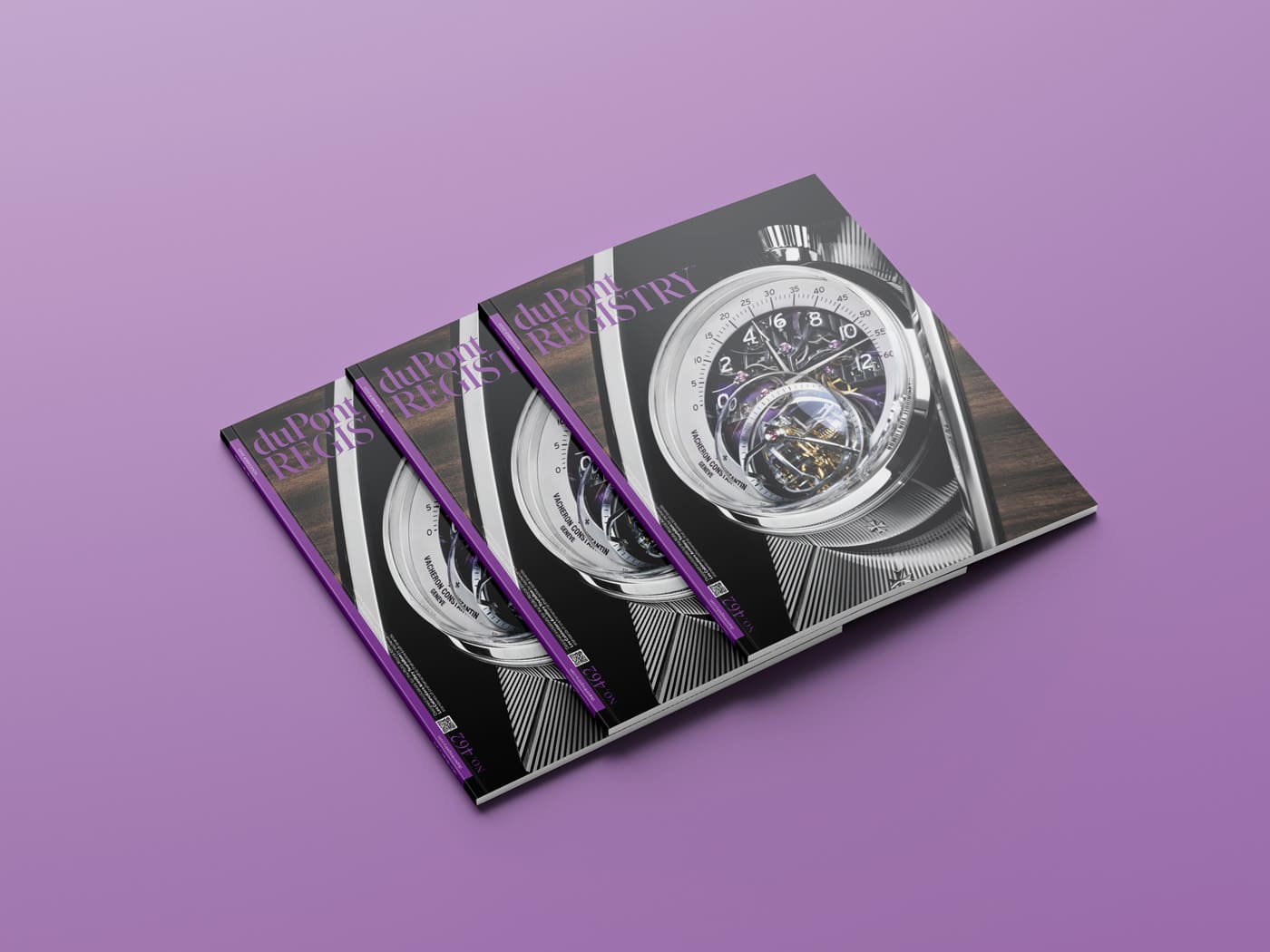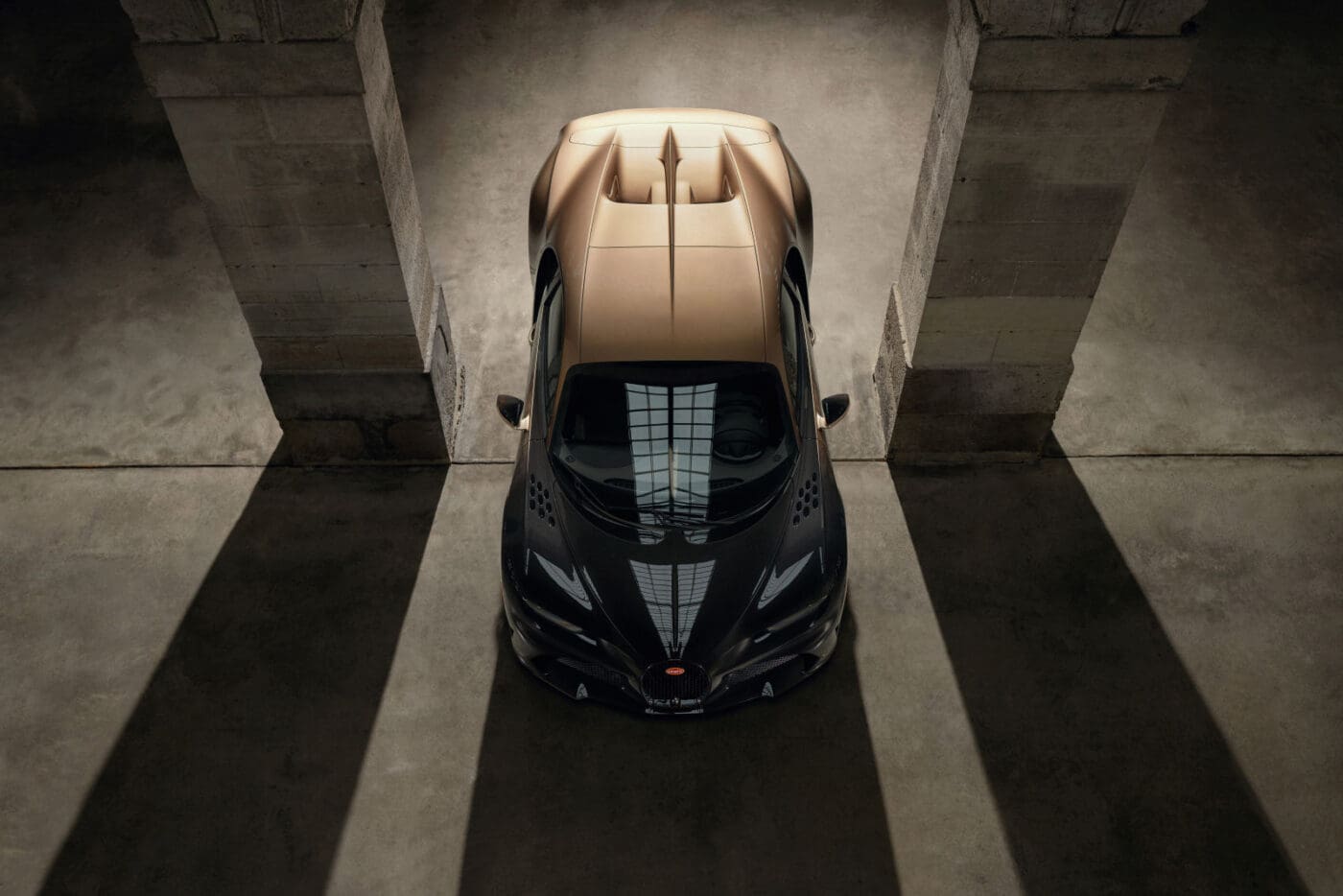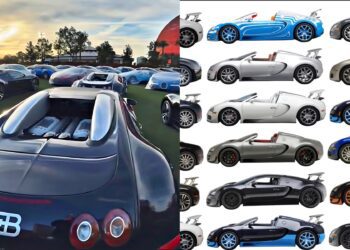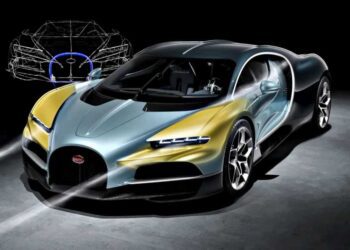Although Bugatti didn’t unveil a new model or concept at this year’s iteration of The Quail, A Motorsports Gathering, the French carmaker pulled the covers off one of its most intricate projects. Based on a Chiron Super Sport, the Golden Era — and its hand-drawn livery — revisits the brand’s three major eras and the vehicles that have come to define Bugatti.
Here, Bugatti director of design Frank Heyl discusses the Golden Era from concept to completion.
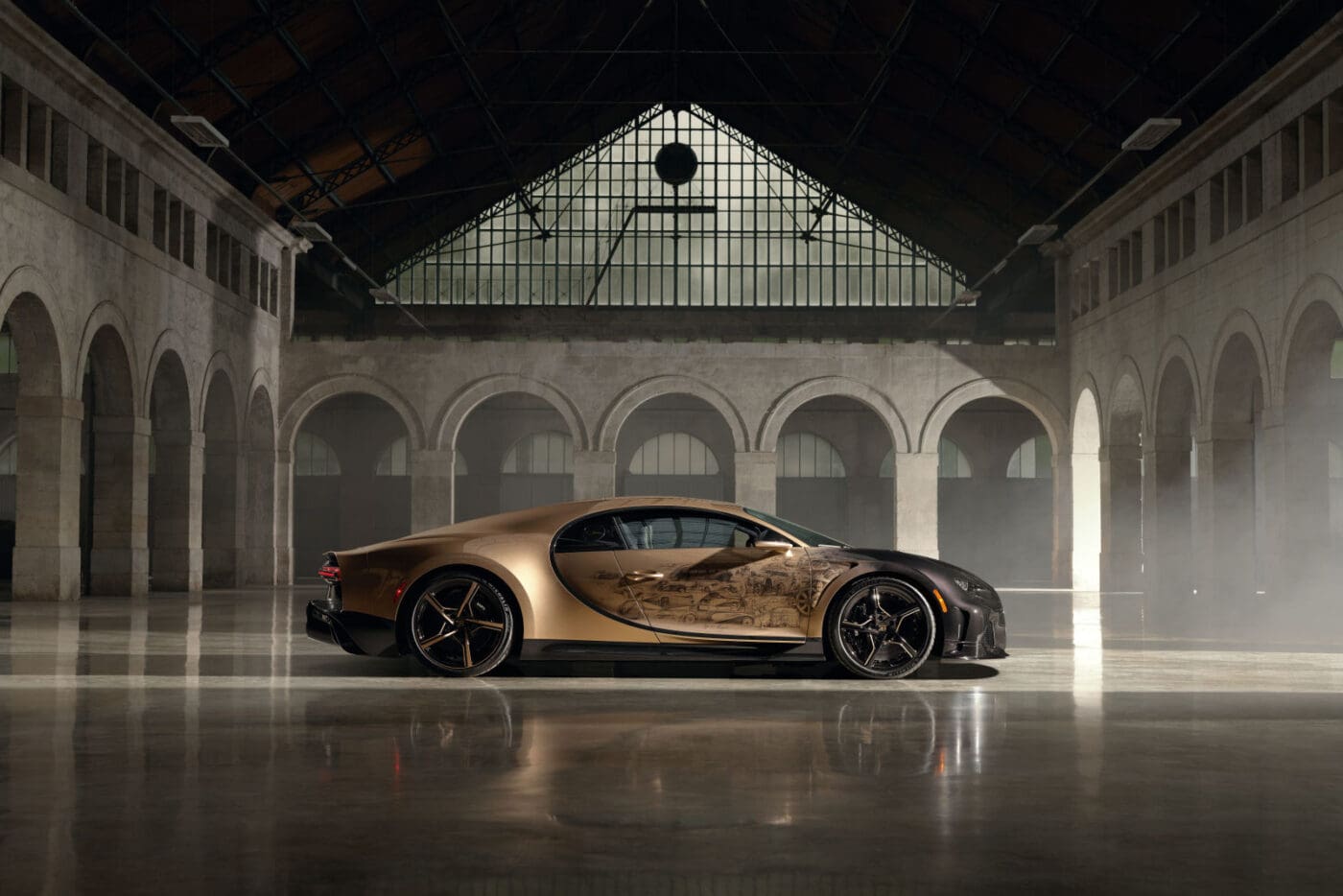
duPont Registry: What makes one-off projects like the Golden Era so special?
Frank Heyl: I wouldn’t call them “one-offs.” I would say “individualized” — heavily individualized. Pieces of art, actually. Rather than regard this as a car purchase, we say it’s an investment into an asset. Because these things remain in families, because this car will be handed off from generation to generation, and maybe we’ll see it at the Pebble Beach Concours in 50 years.
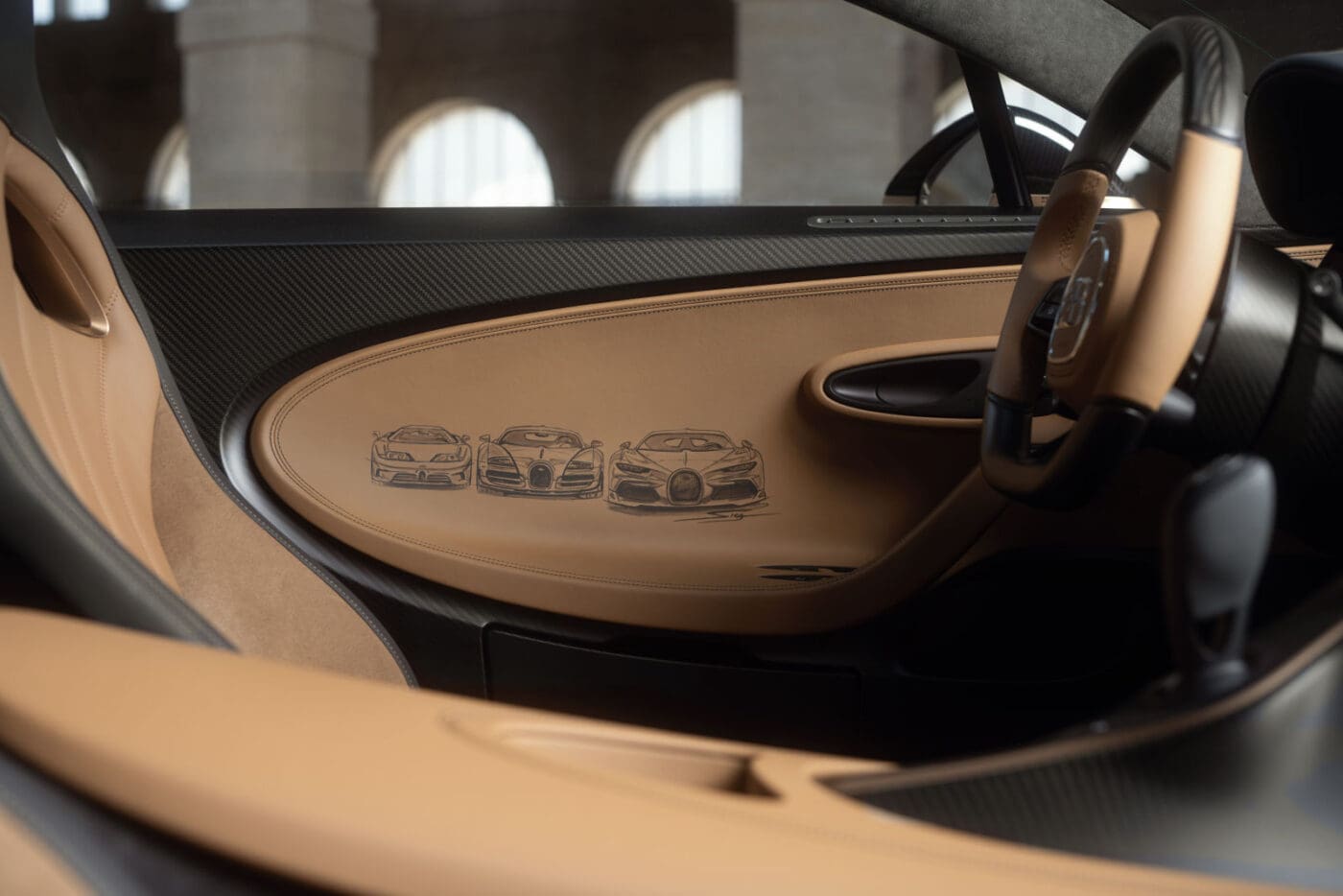
dR: What was your biggest challenge when building this particular commission?
FH: Getting the paint to Bugatti levels but still having the sketches embedded in the paint took a lot of experimenting and trial and error. Which pencil goes together with which type of clear coat? And so we worked in layers. We found out that you can’t rub off too much pencil into one spot because then the pigment traps air. If you paint over it, the air will come out and form bubbles. So you sketch in a layer, then you clear coat it, sand it, and do the next layer, progressively getting darker and darker. In the end, you have layers of paint, sketch, paint, and sketch, totaling 17 layers.
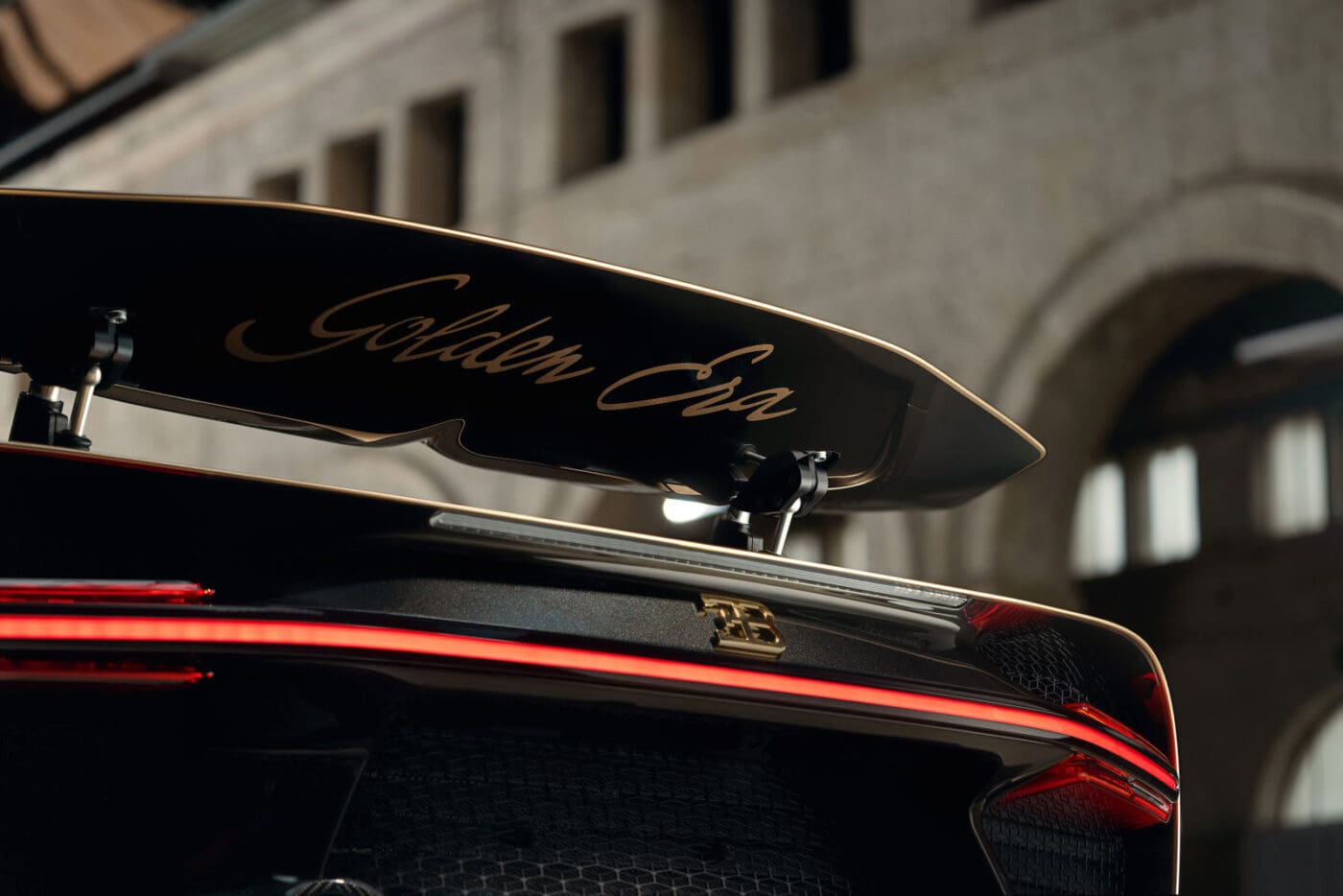
dR: How long did it take to conceptualize and build the Golden Era?
FH: I met the customer two years ago, and now we’re here. If you think about it, how long does a car manufacturer have or give itself to build one
car? I think it’s unprecedented that someone would build a car for two years. That’s our goal with the Sur Mesure [official customization] program. We are tailoring our business to this because there is so much demand for exactly this sort of thing.
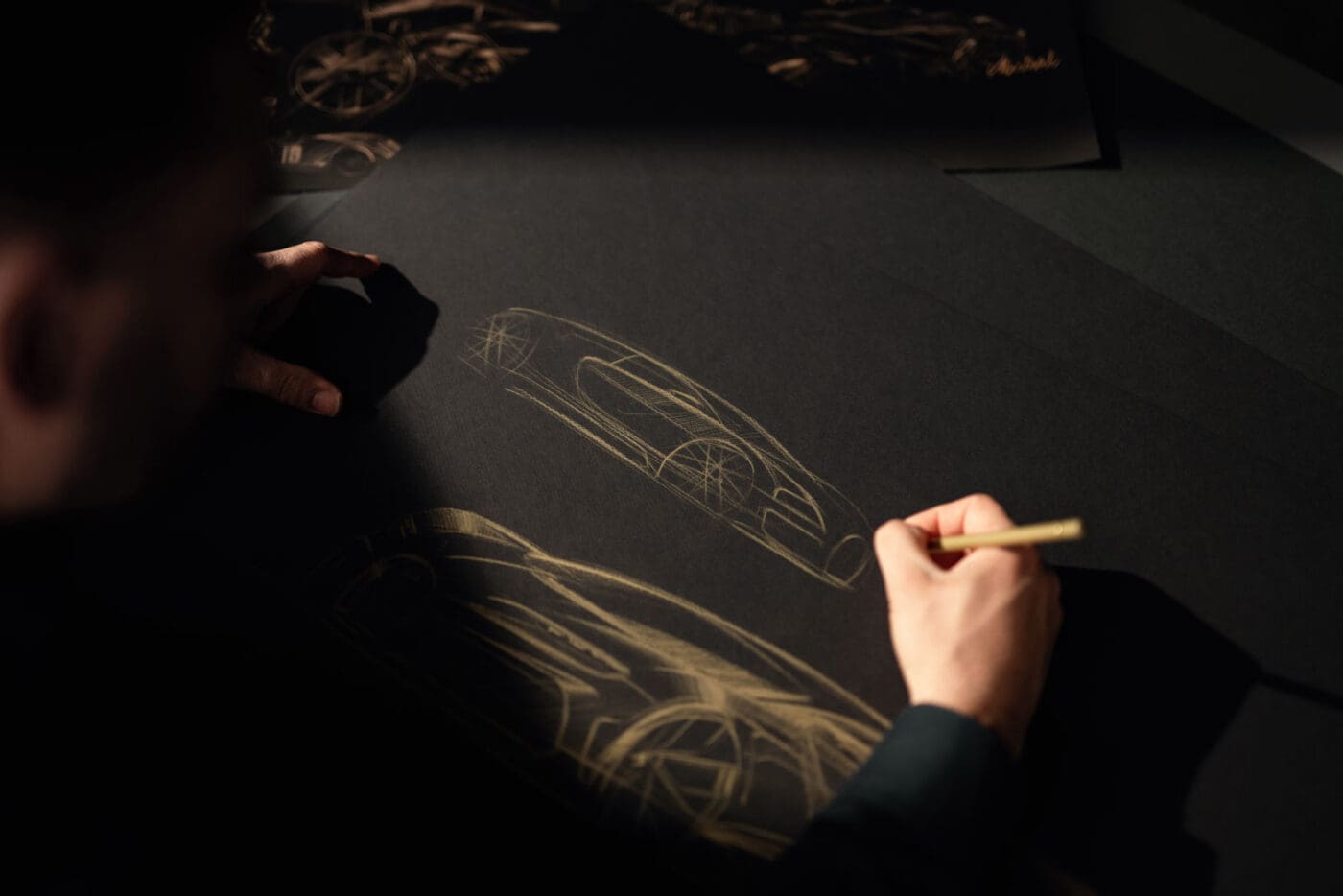
dR: With the Chiron’s successor expected to debut soon, is the ease of individualization something you’re considering now while it’s still under development?
FH: We take that into account. You cannot overlook this anymore; it’s a must. It’s part of the technical description of the car to have it done in a way that is configurable. In the end, you try and give the customer all the options. The thing needs to be tailor-made to actually be able to comply with all these requests.
Featured in Our November 2023 Issue
